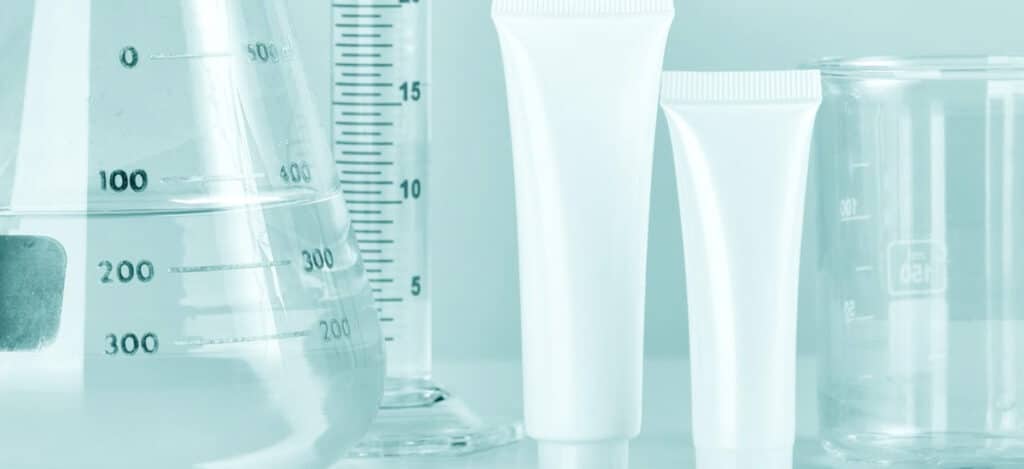What is a microbial immersion challenge test?
What is microbial aerosol challenge testing, and why is it essential for your medical device or product?
Microbial challenge tests by immersion are used when a validated physicochemical leak test method does not exist or when there is a need for direct evidence of the prevention of microbial entry into a packaging system. Microbial immersion challenge testing is a qualitative measure that confirms leaks in nonporous, rigid, or flexible packages. For this test to be effective, the containers must be able to tolerate submersion. Microbial immersion challenge testing is often used in the product–package development and validation studies.
The microbial challenge by immersion test is a probabilistic leak test because of the multiple events that must coordinate for leak detection. Circumstances, such as microorganisms at the leak site, are difficult to predict or control, especially for small leaks. For microbial immersion challenge leak testing to be successful, microorganisms must not be hindered from entering the package by getting trapped in a winding leak path or a lack of media at the leak site to carry the organisms to nutrient-rich media. Also, enough microorganisms must enter the package to allow for visually detectable microbial growth.
What do microbial immersion challenge tests assess?
Microbial immersion challenge testing evaluates a finished product’s final sterile barrier system’s package integrity by exposing the terminally sterilized packaged product to liquid bacteria. After the package has been exposed to bacteria, the package contents are tested for bacterial contamination. Only the visual presence of the bacterium can be evaluated with microbial immersion testing.
How are microbial immersion challenge tests performed?
Microbial immersion challenge testing is performed by filling test samples with sterile, growth-supporting media, followed by incubation and visual inspection of samples to ensure media sample sterility before the microbial challenge.
Soybean-casein digest medium is commonly used for these kind of tests. Samples are then immersed in a concentrated bacterial suspension at temperatures that support microbial growth. Brevundimonas diminuta and Serratia marcescens are the most used microorganisms for immersion challenge testing and are used at a minimum concentration of 105 colony-forming units per milliliter.
After immersion within the bacterial suspension, samples are exposed to pressure cycles under a vacuum. Differential pressure helps eliminate trapped air and ensures that liquid media within the packages make it to any leak sites. Additionally, differential pressure simulates the pressure changes during air transport of the product. In some cases, differential pressure can simulate conditions experienced by the product during sterilization treatments.
Then, samples are incubated under growth-promoting conditions. Package contents are then examined for evidence of microbial growth by visual inspection. A positive visual inspection will find bacterial growth inside the tested packages. It takes about 1-2 weeks for completion due to the time needed for pre-incubation, sample immersion, incubation following sample immersion, and microbial inspection.

What are the acceptance criteria for microbial immersion challenge testing?
This test is a qualitative measure by visual inspection of microorganism growth inside test samples after microbial challenge and incubation to encourage microbial growth. The development of any microbes within packages indicates the presence of sample leak site(s). Packages without microbial growth within the packaging material pass this qualitative leak test.
Note that positive control packages with microbial ingress and negative control packages without microbial ingress must be present for valid test results.
Summary
Overall, microbial aerosol challenge testing evaluates whether or not external bacterial contaminants can get inside a medical device’s or medical product’s packaging system. Microbial immersion challenge testing ensures that the sterile packaging system for a medical product acts as an effective microbial barrier and preserves the sterility of the product even when the outside is exposed to high concentrations of bacteria.
References
United States Pharmacopeial Convention. <1207.2> Package Integrity Leak Test Technologies. Rockville, MD, USA. 2021. (USPC <1207.2>).
Sharing this in your social netwroks

